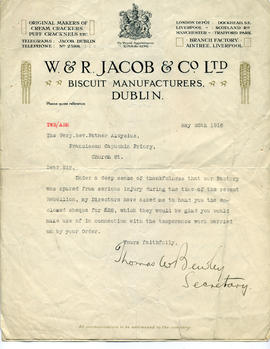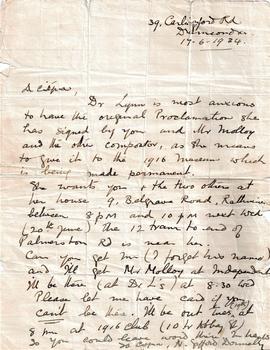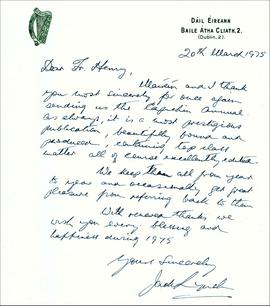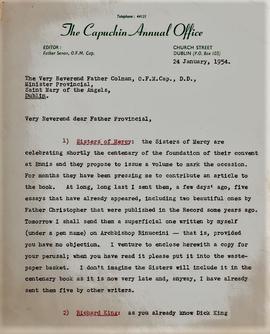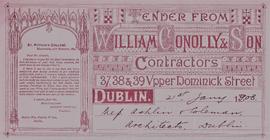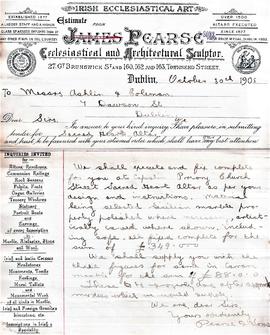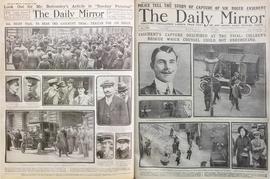Copy letters of Fr. Henry Anglin OFM Cap., mainly to authors and contributors regarding articles published in 'The Capuchin Annual'. The file also includes some original letters to Fr. Henry Anglin OFM Cap. The correspondents include Veronica MacCarthy, Michael Bowles, Fr. Reginald Walker CSSp., Oliver Snoddy, Fr. Daniel Rebain OFM Cap., Michael Smyth, Jack Lynch, Fr. Nelson Ruppert OFM Cap., Myles O’Farrell, Fr. William Coughlan OFM Cap., Fr. Michael Hurley SJ, Arthur Campbell, Desmond O’Connor, Fr. Daniel J. O’Donovan, Leon Ó Broin (Catholic Truth Society of Ireland), Seamus O’Meara, Liam O’Doherty, Michael O’Farrell, Beda Brophy, Tom Barry, Seán Boylan, Robert Childers Barton, Cathal O’Shannon, Seán Nunan, Winefride Nolan, Liam Nolan, Fr. Martin Coen, Fr. Ambrose MacAulay, Patrick Boland, General Seán MacEoin, Kathleen Napoli MacKenna, Elizabeth May, Arthur Mitchell, Fr. Patrick Boland TOR, Frank Pakenham, 7th Earl of Longford, Fr. James W. Kelly, Sidney Ehler, Seamus Fitzgerald, Richard King, Mannix Joyce, Charles J. Haughey, R. MacEvatt, Vivion de Valera, Fr. David Kelleher OFM Cap., Michael Bowles, Padraic Og Ó Conaire, John Hinde Ltd., and Bord Fáilte Éireann. Some of the letters refer to payments (honorariums) for articles published in 'The Capuchin Annual'. The file also includes letters to Fr. Henry from An Cosantóir, Seán O’Connell, and from T. Ryle Dwyer re his article on the Anglo-Irish Treaty published in 'The Capuchin Annual' (1971).
• The letters from Kathleen Napoli MacKenna provide additional detail about her role in the struggle for Irish independence.
• A letter from Robert Childers Barton affirms that he is available for an interview with Fr. Henry and to his ‘memories of Father Augustine [Hayden OFM Cap.] and Fr. Albert [Bibby] OFM Cap.’. 26 May 1970.
• The letters from Fr. David Kelleher OFM Cap. refer to his article on Père Marie-Benoît OFM Cap. (1895-1990) and his role in assisting French Jews in the Second World War published in 'The Capuchin Annual' (1971).


